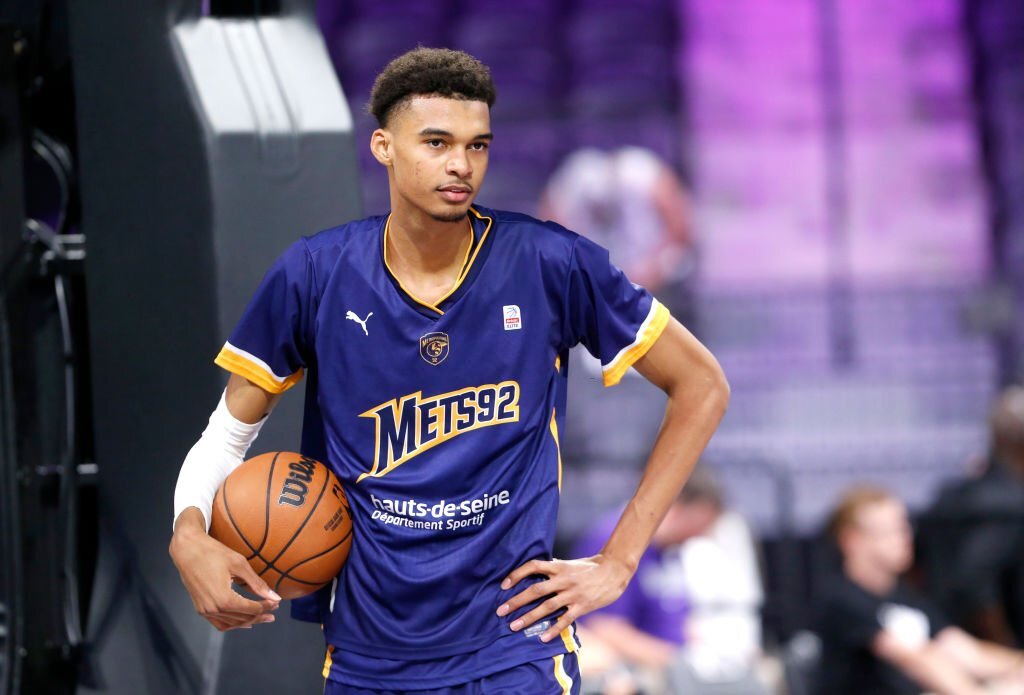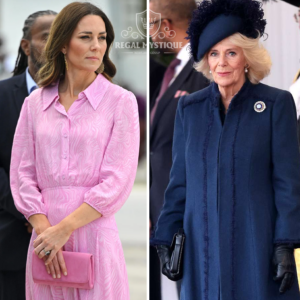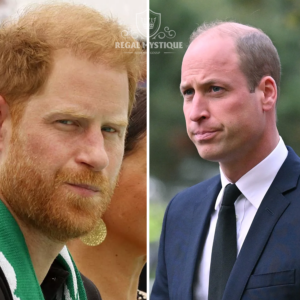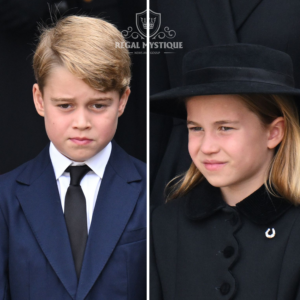Caitlin Clark: The Rising Star

Caitlin Clark’s journey from collegiate standout to WNBA rookie sensation has been nothing short of extraordinary. With her dazzling skills and record-breaking performances, Clark captured the attention of basketball fans worldwide. But despite her undeniable talent and marketability, her rookie salary in the WNBA falls drastically short when compared to the mega-deals signed by her male counterparts in the NBA.
Caitlin Clark’s WNBA Starting Salary
Reports indicate that Caitlin Clark’s starting salary in the WNBA clocks in at a modest $76,535. While this figure may seem like a windfall to some, especially for a rookie athlete, it pales in comparison to the astronomical earnings of NBA phenom Webanyama.
Wembanyama making Millions in the NBA

On the other end of the court, we have Webanyama, the NBA’s latest sensation. With his gravity-defying dunks and jaw-dropping athleticism, Webanyama has become a household name in basketball circles. And with a starting salary of $12 million, it’s safe to say that he’s also become a millionaire overnight.
The glaring disparity between Caitlin Clark’s WNBA salary and Webanyama’s NBA paycheck shines a harsh spotlight on the persistent gender pay gap in professional basketball. While strides have been made in recent years to elevate the visibility and recognition of female athletes, the playing field remains far from level.
Several factors contribute to the gender pay gap in professional sports, including differences in revenue generation, media coverage, and sponsorship opportunities. Historically, men’s sports have received greater investment and resources, leading to higher salaries and greater financial security for male athletes.
Is there any other reason?
The NBA benefits from lucrative media deals with major TV broadcast companies such as Turner, Paramount, NBC, and ABC, significantly reducing the financial burden on team owners. In contrast, the WNBA lacked a similar structure until the current president spearheaded initiatives to secure additional media partnerships with the ABC group and CBS. However, NBC remains resistant to televising WNBA games. While Super Bowl commercials command exorbitant fees for just 30 seconds of airtime, NBA games, with their extensive television coverage, generate substantial revenue, enabling higher player salaries and offsetting league expenses.
Another area of concern for WNBA players and fans is the absence of chartered flights, a privilege enjoyed by NBA teams. The cost of chartered flights poses a significant financial burden for WNBA teams, as they are responsible for covering travel expenses without the revenue-sharing model employed by the NBA. Commercial flights are a more economical option, but this discrepancy underscores the disparities between the two leagues. This issue is likely to be a focal point in the 2026 collective bargaining agreement negotiations, although without a substantial increase in media rights, securing chartered flights for WNBA teams may remain elusive. These disparities highlight the challenges faced by the WNBA and underscore the importance of addressing systemic inequalities in professional women’s basketball.
News
Kate Middleton’s ‘heartbreak’ over William’s decision about their family’s future……
William, 41, and his brother Prince Harry, 39, previously attended Eton College, which broke the tradition of the older generation, including his dad the King, of attending a boarding school in Edinburgh Kate Middleton is “heartbroken” after an “argument” with Prince William over…
Shocking Claim: Queen Camilla & Kate Middleton Rumors Confirmed – Did She Really Do This?
Queen Camilla has become a very popular royal family member. When she and Prince Charles began dating and later married, the public was still outraged with her as she had been Charles’s mistress during his marriage to Princess Diana. However,…
Prince William Views Prince Harry as ‘Background Noise’ Amid Rift Over Explosive Memoir
Prince William is said to consider his brother Prince Harry as “background noise” after the younger brother released an explosive memoir. Prince William is reportedly “keeping his family away” from his brother due to a long-running rift between the pair. (Image:…
Prince Harry and Meghan Markle ‘insensitive’ for business ventures amid family turmoil, says royal expert
File image of Britain’s Prince Harry and Meghan, Duchess of Sussex attending the Royal Salute Polo Challenge charity match in Wellington, Florida on April 12(Reuters / Marco Bello) Prince Harry and Meghan Markle are facing backlash for their recent business…
Meghan Markle accused of treating California life like ‘prom event’ by ‘setting up’ shows to attend with Prince Harry
A royal expert has accused Meghan Markle of treating her life in Montecito, California like a “prom event,” and Prince Harry like “the prom king.” A royal expert has accused Meghan Markle of treating her life in Montecito, California like a “prom…
Princess Charlotte’s Boss Moment With Prince George Caught on Camera
Princess Charlotte telling Prince George “you need to bow” went viral on TikTok as she was praised for being “such a boss.” The young royal, nine, was seen giving her older brother, who turns 11 this month, some pointed advice on the day of Queen…
End of content
No more pages to load






